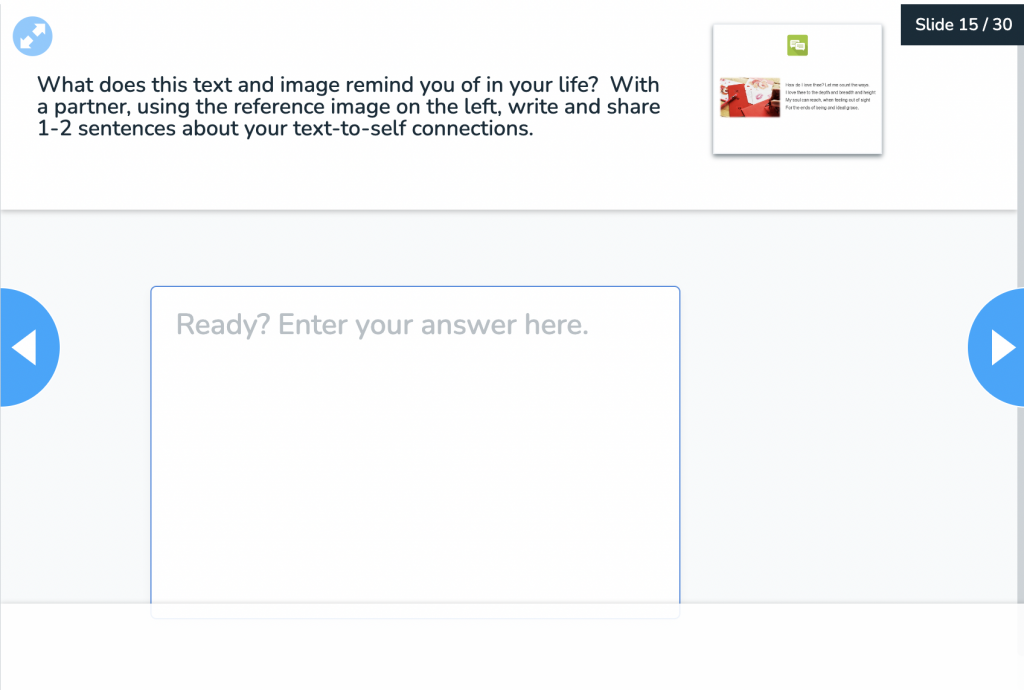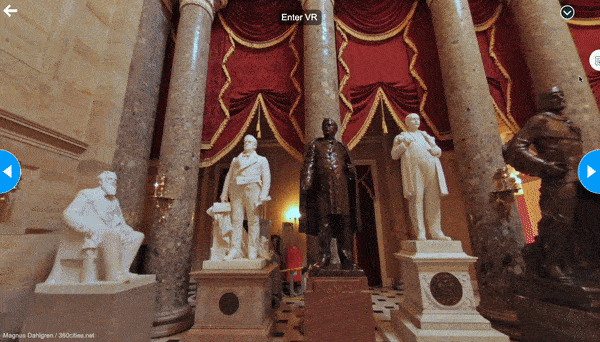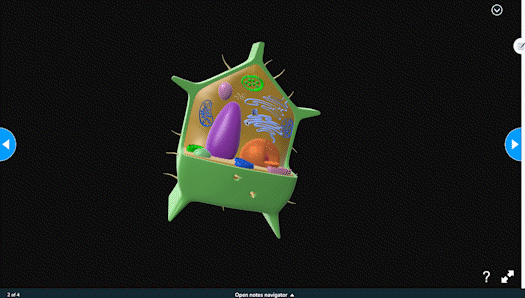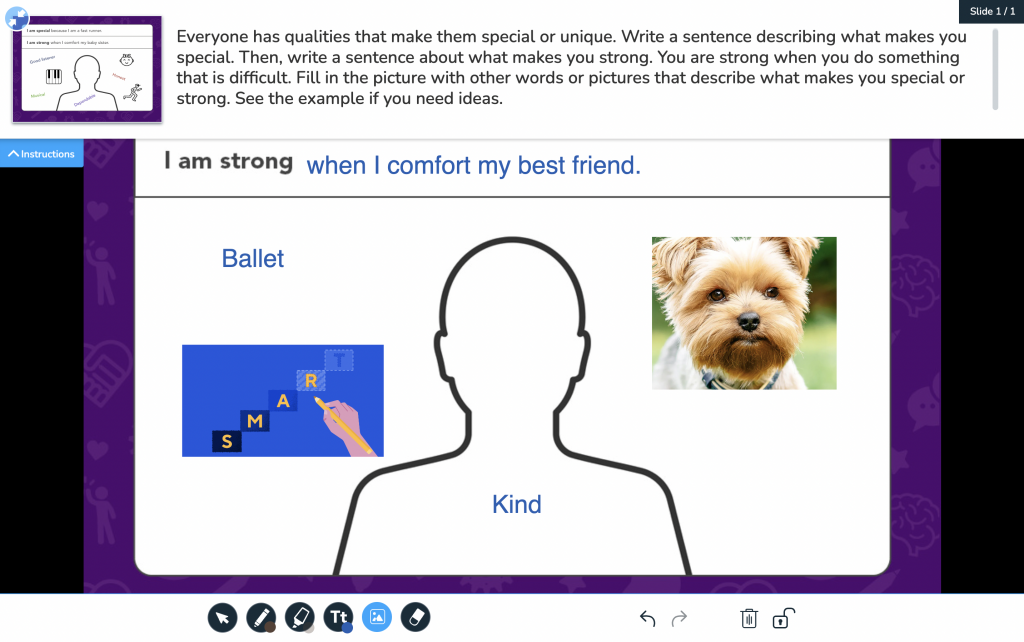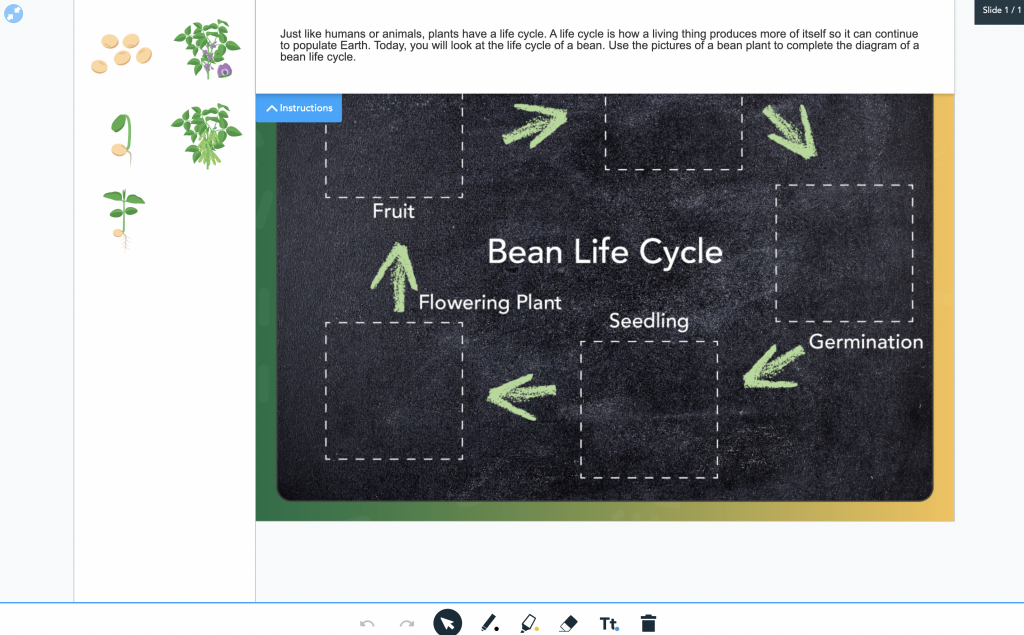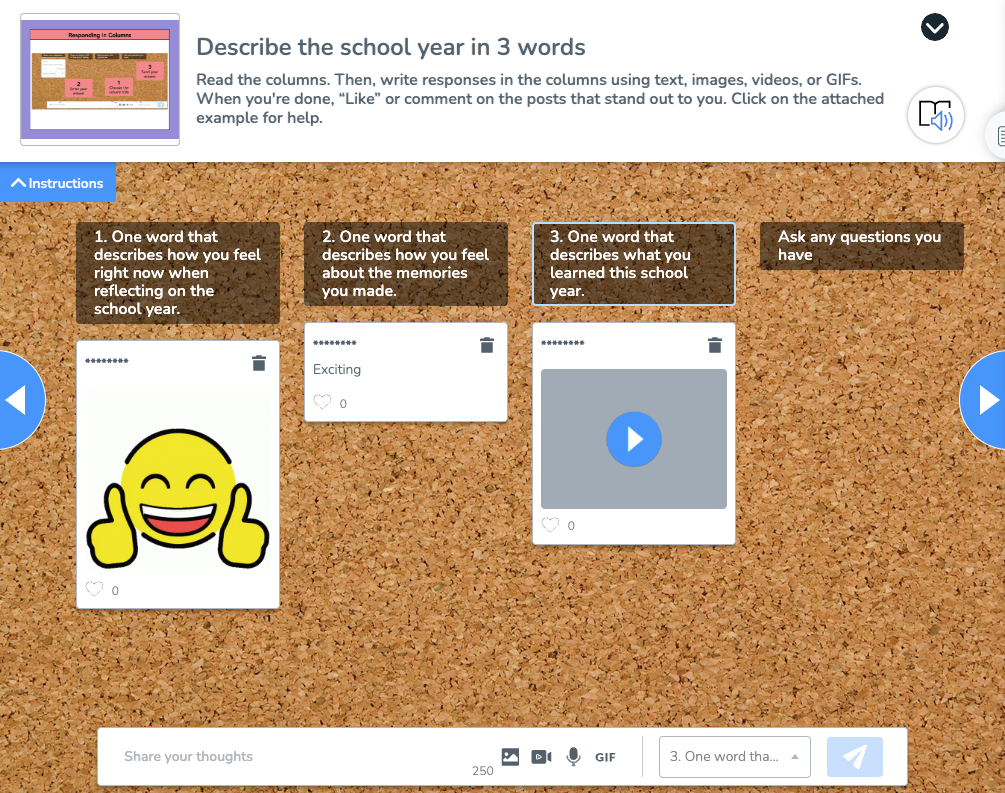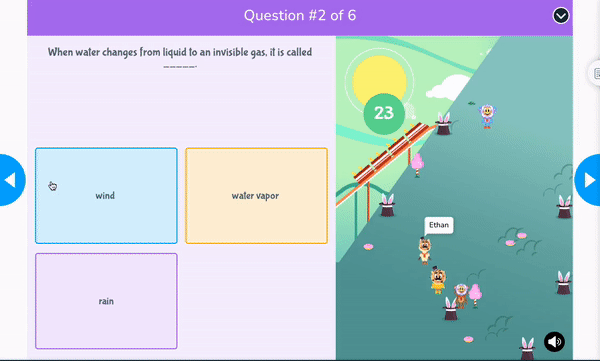
What is the 5E lesson plan?
The 5E lesson plan is based on an instructional model that consists of five phases or steps: Engage, Explore, Explain, Elaborate, and Evaluate. This model enables teachers to create cohesive and engaging lessons that build up from one section to the next. The 5E instructional model was developed by the Biological Sciences Curriculum Study (BSCS) in 1987. It was first proposed by Dr. Rodger Bybee as a way to structure science lessons and enhance students’ understanding of scientific concepts. Although the 5E instructional model was initially developed for science education, it has become a popular instructional model across all subjects due to its effectiveness.
What are the benefits of the 5E model?
The 5E lesson plan offers a wide range of benefits for both teachers and students. For instance, it provides a simple and clear framework that teachers can use to easily plan standards-aligned lessons. The gradual progression from exploration to understanding also enables teachers to implement authentic learning into their lessons, creating engaging learning experiences and helping students relate newly acquired knowledge to the real world. In addition, the 5E learning cycle boosts student engagement and motivation through a constructivist approach. Students construct their own understanding of concepts and ideas through active learning, exploration, critical thinking, and inquiry-based learning.
Looking to implement the 5E Model in your school or district? Download our free, comprehensive guide that helps instructional leaders understand how to effectively structure standards-aligned lessons using this powerful framework!
Enhance instruction with Nearpod
Nearpod is the perfect platform to implement the 5E instructional model. Not only can teachers easily build these lessons and formative assessments into Nearpod, but the platform also provides an extra layer of engagement and interactivity that benefits all students, especially those with diverse learning needs. 5E lesson plan examples in Nearpod can include a wide range of visual aids, collaboration among students, and interactive activities, which could benefit English learners and other students with diverse learning needs. Additionally, Nearpod makes it easy to differentiate instruction for these students and incorporates multimodal learning strategies, such as recording audio, writing/typing text, and drawing.
New to Nearpod? Teachers can sign up for free below to access the resources in this post and create their own interactive lessons. Administrators can schedule a call with an expert to unlock the full power of Nearpod for schools and districts.
Impactful 5E lesson plan examples in action
Here’s the 5E lesson plan explained with examples! Let’s break down each phase: Engage, Explore, Explain, Elaborate, and Evaluate. We’ll explore how these phases work together to create a comprehensive learning experience along with impactful 5E lesson plan examples you can use. Additionally, we’ll show you how to seamlessly integrate technology into your lessons using Nearpod, providing you with practical examples of how to apply each phase.
Engage
The first phase of a 5E lesson plan is the Engagement phase. This phase piques student curiosity and helps students make connections with previously learned concepts, which aids in the retention of new knowledge. In this phase, teachers engage students and prime their thinking by activating prior knowledge through short activities.
For example, teachers can:
- Introduce a problem that students might not be able to solve yet
- Show and inquire about a series of images (or short video clip)
- Ask a thought-provoking question to start a class discussion
- Conduct a simple demonstration or experiment
- Tell a story or anecdote
Nearpod is an easy and time-saving way to incorporate short, engaging activities into the engagement phase. For instance, teachers can use the Poll feature to ask a thought-provoking question and lead a discussion. Teachers can also embed YouTube videos into their Nearpod lessons and include interactive questions to access prior knowledge.
Explore
Studies show that people learn better when they make meaningful connections between their prior knowledge and new information. Therefore, the Explore phase of a 5E model lesson plan aims to do just that: connect concepts from the Engage phase to new concepts students will learn in the lesson. To help students make this connection, teachers use guided inquiry activities that allow students to share observations, use critical thinking, and collaborate.
For example, teachers can have students:
- Look at primary or secondary sources to construct a timeline
- Investigate and classify different objects
- Read a piece of literature and answer guiding questions about it
- Explore a problem or issue, and propose hypotheses and ideas to solve it
Guided inquiry activities can be incorporated into Nearpod in several ways. For instance, Nearpod’s virtual reality (VR) feature and 3D Objects immerse students in a new topic, allowing them to explore and make observations. Students can then discuss and make connections on a Collaborate Board or use a Drag & Drop activity to classify objects or label a diagram.
Explain
The next phase of a 5E model lesson plan is the Explain phase. In this phase, students are introduced to new concepts or skills and further connect topics from the Engage and Explore phases. The Explain phase enables teachers to dive deeper into the topic and provide students with opportunities to demonstrate their understanding of new concepts they have learned.
Teachers can guide students to a deeper understanding by:
- Delivering lectures about key concepts that lead to student discussions
- Incorporating multimedia presentations with a range of visual aids
- Creating concept maps and graphic organizers to help students organize their thoughts
- Using models or hands-on demonstrations to explain specific topics
Nearpod makes it easy for teachers to incorporate all these instructional strategies into their teaching, helping students gain a deep understanding of new concepts. For example, teachers can add a slideshow, educational videos, audio files, PDFs, 3D Objects, and VR images to their presentations. Teachers can also add activities for students to explain what they have learned, such as Drag and Drops, Collaborate Boards, Draw It’s, Quizzes, and Open-Ended Questions. These features provide a fun and interactive learning experience while fully engaging students.
Elaborate
The fourth phase of the 5E lesson plan is the Elaborate phase. This phase invites students to apply what they have learned in more diverse contexts. Teachers can also use this phase to extend students’ understanding and further connect the topic to the real world. By transferring knowledge in this way, students gain a deeper understanding of what they have learned.
For example, teachers can assign:
- Project-based activities
- Design challenges
- Case studies
- Role-playing activities
- Debates and discussions
Nearpod can facilitate the Elaborate phase of a 5E model lesson plan through Collaborate Boards and Open-Ended Questions to encourage debates and discussions. Teachers can present design challenges by embedding a video clip or a PDF into a Nearpod lesson, and students can use Nearpod’s Draw It or Drag & Drop activities to create their designs.
Evaluate
The last phase of the 5E lesson plan is the Evaluate phase. This is where all learning comes together. Teachers assess students’ understanding and evaluate student progress to determine whether lesson objectives have been met. In this phase, students can apply skills and concepts they have learned throughout the entire lesson and receive feedback from the teacher about their learning. Teachers can also use this stage of the lesson to further differentiate their instruction.
For example, teachers can:
- Provide scaffolds for students
- Use multimodal responses
- Use several types of assessments
Nearpod provides the perfect opportunity to apply these strategies. Teachers can use Nearpod features, such as Open-Ended Questions, Matching Pairs, Draw It, Drag and Drop, Quizzes, and Fill-in-the-Blanks. These activities can provide scaffolding for students by attaching reference media and allowing multimodal responses from students. They also provide different methods to assess students’ understanding. Another useful assessment tool is Nearpod’s Time to Climb, which gamifies student assessment and motivates students to become engaged, be competitive, and have fun.
Start using Nearpod today
In conclusion, the 5E lesson plan model is a research-based framework for designing effective instruction. The phases of the 5E instructional model are Engage, Explore, Explain, Elaborate, and Evaluate. They promote the activation of prior knowledge, critical thinking, collaboration, inquiry- and project-based learning, and authentic learning. Additionally, with the use of Nearpod, teachers can seamlessly integrate technology into their 5E lessons. Combining the 5E instructional model and Nearpod’s interactivity, teachers can create impactful lessons that cater to the needs of all learners.
New to Nearpod? Teachers can sign up for free below to access the resources in this post and create their own interactive lessons. Administrators can schedule a call with an expert to unlock the full power of Nearpod for schools and districts.

Gaby is a former middle school science teacher who is passionate about designing engaging educational content for all students.

